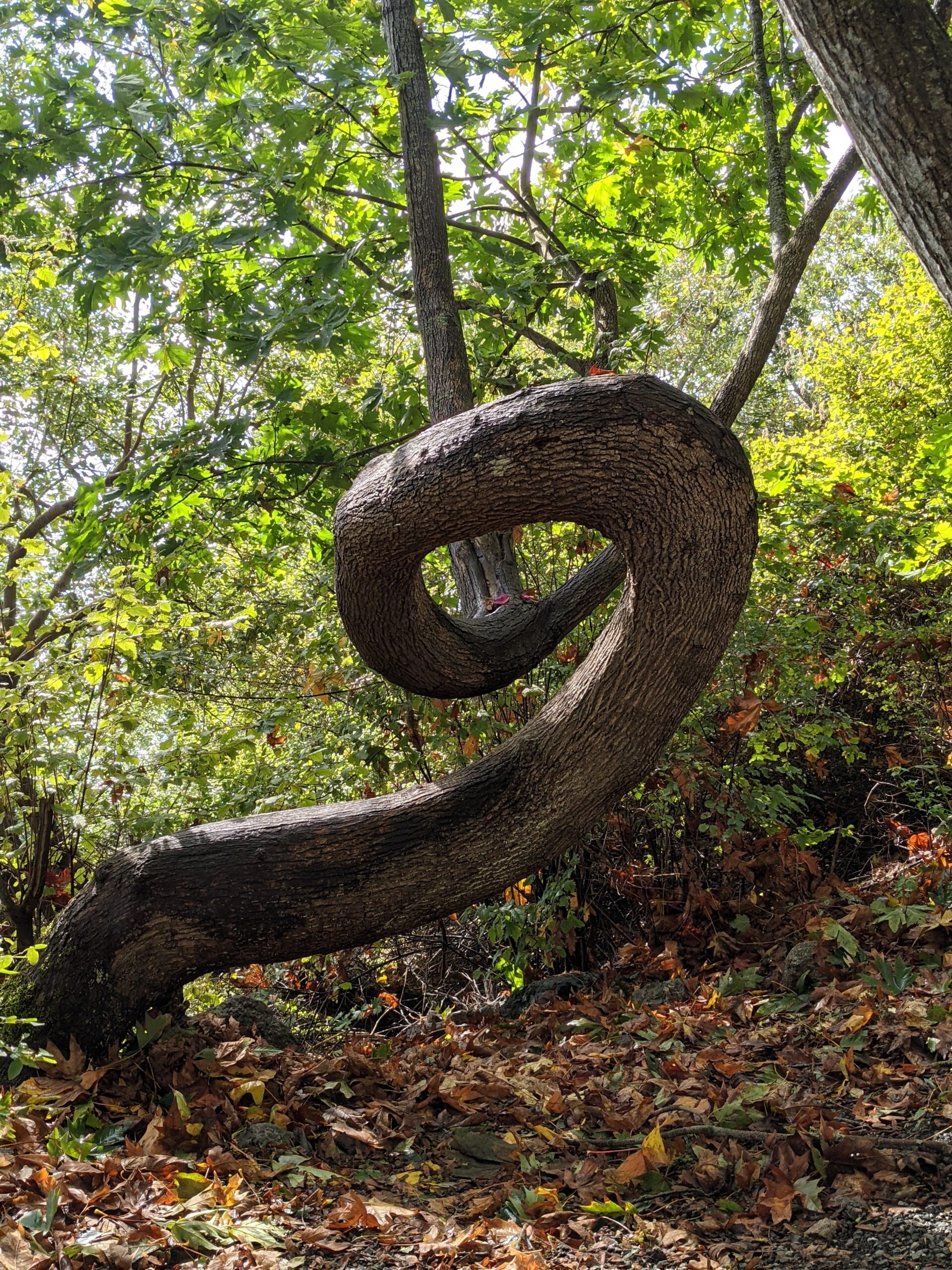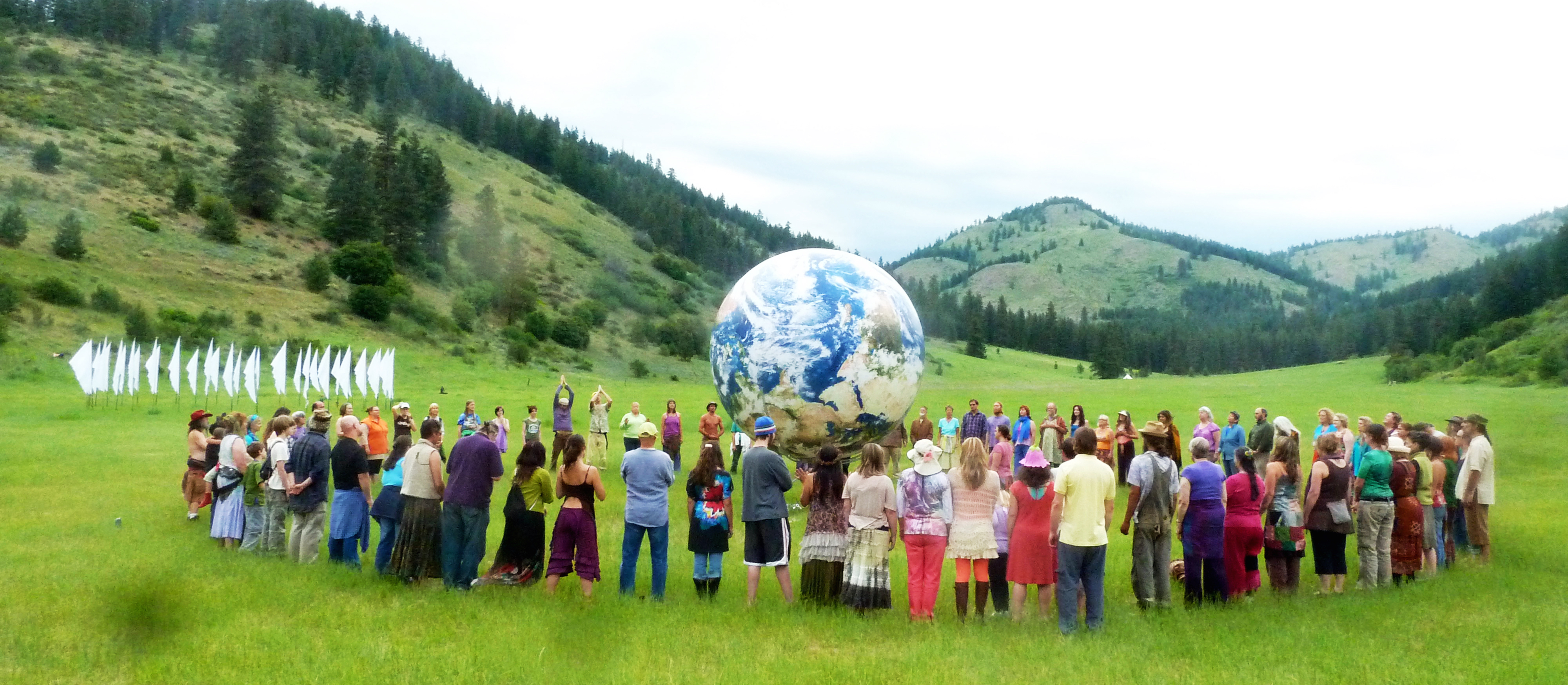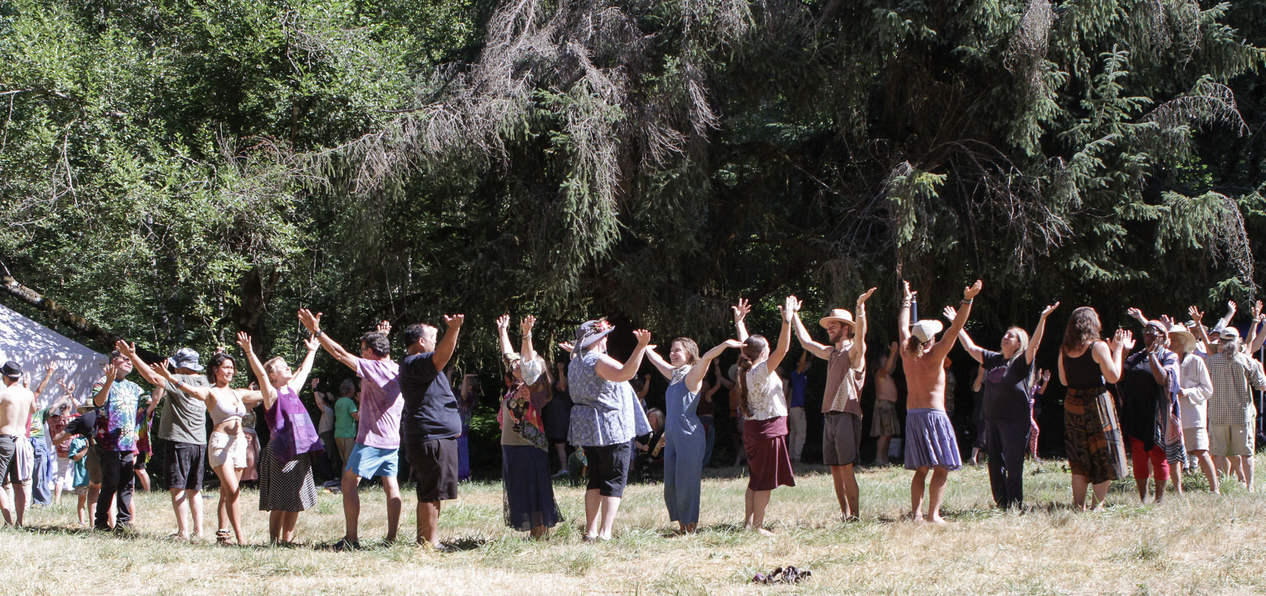Fairy Letter from Michael Pilarski
Hello friends of the fairies,
Thank you for believing in fairies. Each person who does so helps keep humanity’s fairy connections alive. It takes courage to publicly state a belief in fairies. Most people keep their beliefs private or in a small group.
Many people do not believe in spiritual beings at all. God is dead and anyone who believes in fairies is a fool, gullible, deluded, crazy, insane, out of touch with reality, or perhaps has some kind of con game going. Some people wouldn’t want their belief in fairies to be known in their workplace. Belief in fairies might be quaint in young children but a source of ridicule for older children or adults.
How do religions influence people’s belief in fairies?
Today, 80% or more of the world population belongs to one of the main religions, at least nominally. I remember the Dalai Lama saying something like “I don’t care what kind of spiritual path you are on, I just hope you have one”.
Here is a link to a website with world religion piecharts and statistics from several sources.
http://www.age-of-the-sage.
One source says that Christianity is 32.5% of humanity and 21.5 % is Muslim. Non-religious is 16% and declining. It has a section called primal faiths which is given at 6% (400,000,000 people) Does this refer to indigenous people?
http://en.wikipedia.org/wiki/
Wikipedia’s world charts gives similar figures for Christians and Muslims and notes 11.78% non-religious and 2.32% atheist. They have a category of Folk Religions 5.7% and 0.5% other religions.
Indigenous ethnic religions, found on every continent, now marginalized by the major organized faiths in many parts of the world or persisting as undercurrents (folk religions) of major religions. Includes traditional African religions, Asian shamanism, Native American religions, Austronesian and Australian Aboriginal traditions, Chinese folk religions, and postwar Shinto. Under more traditional listings, this has been referred to as “paganism” along with historical polytheism.
African religions: The religions of the tribal peoples of Sub-Saharan Africa. African diasporic religions practiced in the Americas, imported as a result of the Atlantic slave trade of the 16th to 18th centuries, building on traditional religions of Central and West Africa.
Pew Research Center says that in 2010, 78.3% of US population identified as Christian, 5.3% for all the other major religions combined and 16.4% unaffiliated.
That last category must include those people who have a spiritual path but who don’t belong to one of the main religions. Somewhere in here is where our fairy family fits in. Though we can also certainly say that there are adherents to every religion that also believe in fairies. They are not mutually exclusive.
If you more seriously want to look into this here is a source which goes into more details on religion statistics.
http://en.wikipedia.org/wiki/
Could we say that any of the major religions recognizes fairies? Perhaps Buddhist or Hindu? Anyone want to shed some light on this? Has anyone done a close analysis of fairy beings in major religions? That someone would have to have a broad familiarity with the teachings of all the main religions over the broad sweep of time and have a familiarity with the fairy realms to recognize the clues and beliefs. I attended Catholic schools for 11 years and don’t remember anyone mentioning fairies even once. A lot of pre-Christian people brought various of their pagan festivals and rituals into Christianity. The same process has gone on in Christian Africa and Asia. Religious fundamentalists in Islam and Christianity might brand what we call fairies as demons, evil and bad.
The Muslims have their Djinn.
According to the Koran, humans share this world with another race of mortal beings, the jinn, that God created from pure, smokeless fire and endowed with supernatural powers. Some djinn are kindly and some are malevolent.
http://www.thefreedictionary.
Muslim mythology includes angels and also the spirits known as djinns or jinns, which are described in the Qur’an as being able to interact with people despite being made of a “smokeless fire.” Djinns are known for having free will, and for being either good or evil, like humans. The word djinn comes from the Arabic jinn, a plural noun that means both “demons or spirits” and also, literally, “hidden from sight.” The word genie shares the same Arabic root
Djinn: Noun: (Islam) an invisible spirit mentioned in the Koran and believed by Muslims to inhabit the earth and influence mankind by appearing in the form of humans or animals. http://www.vocabulary.com/
In Artas (Bethlehem) oral beliefs, the jinn form societies beneath the ground. Envying humans, they frequently ascend to the surface, causing sickness to children, snatching food and taking revenge when humans mistreat them. Some jinn are nevertheless benevolent towards humans, teaching humans a moral lesson.
Though discouraged by some teachings of modern Islam, cultural beliefs about jinn remained popular among Muslim societies and their understanding of cosmology and anthropology. Affirmation on the existence of jinn as sapient creatures living along with humans is still widespread in the Middle Eastern world and mental illnesses are still often attributed to jinn possession.
http://en.wikipedia.org/wiki/
The Djinn precede the Muslim era and come from early pre-Islamic Arabian religious systems. When Islam spread outside of Arabia, belief in the jinn was incorporated with local belief about spirits and deities in Africa, Iran, Turkey and India.
These descriptions of the Djinn in Muslim belief are remarkably similar to that of the Sidhe in Celtic traditions.
Interestingly, both cultures say that Djinn/Sidhe are powerful, free-will beings and have magic powers. They live under the earth’s surface. There are benevolent ones and malevolent ones. They are not to be trusted and are dangerous to deal with. There is lore in both cultures that it is possible to have beneficial relationships. I have delved into the Celtic Sidhe at some length but know very little about the Djinn and what crossovers there might be between Djinn and the types of beings that the Fairy Congress works with. I bring forth this information with all due respect for Muslims and realize that for most Muslims today, most Djinn are considered evil.
If you’d like a refresher course on present-day fairy beliefs in Ireland you can read the 2021 book. Fairy Faith in Ireland: History, Tradition and Modern Pagan Practice. Lora O’Brien. Eel & Otter Press. She is specifically talking about the Sidhe in her book.
The nature spirit/Deva evolution branch of fairies is totally different from these traditions of Djinn and Sidhe, though both may be considered as aspects of the fairy realms.
There are parts of the world today that publicly stating a belief in fairies could put your life in danger. Here is a quote from Wikipedia “For that reason, Saudi Arabia following the Wahabism tradition of Salafism, imposes a death penalty for dealing with jinn to prevent sorcery and witchcraft. In modern times, many preachers talk only about devils, while referring to them as (evil) jinn.”
We are so lucky (in the USA) that we live in a country that has freedom of religion. Some countries have more freedoms and some countries have less. The current trend is not good.
Fairies are still a feature of modern life in literature, art and entertainment. There have been various movies over the past decades which feature fairies, and generally in a favorable light.
The pandemic and lockdowns have increased fear. Fear and love have a hard time coexisting. Many people have lost jobs or fallen on hard times. Are the number of people taking the time to explore the fairy path diminishing? Or are more people turning to nature, nature spirits and spiritual allies in these troubled times?
Due to the pandemic, events and gatherings are illegal at various times in various countries, or proof of vaccination must be shown. Even where not illegal, many people are fearful of getting together in person, whether vaccinated or not. More and more people meet via Zoom. That is why we invented the on-line Fairy and Human Relations Global Congress.
In spite of all this, the fairy path is still open to you and all who wish to do so, even if in private. Even if you are locked indoors and cannot get out into nature. The whole world is nature. There are house fairies (read Timothy Hass’s two books on house fairies). None can bar you from the fairy realms and the realms of Spirit. Angels are still on call. We can all access the divine love that is in our hearts. Hold fast to this inner love. Talk to the fairies. Find your tribe. We are in uncharted waters.
~ Michael Pilarski, December 28, 2021



